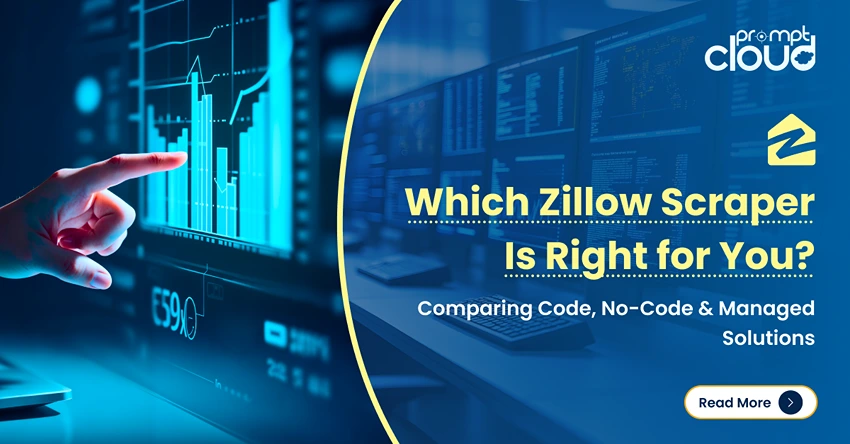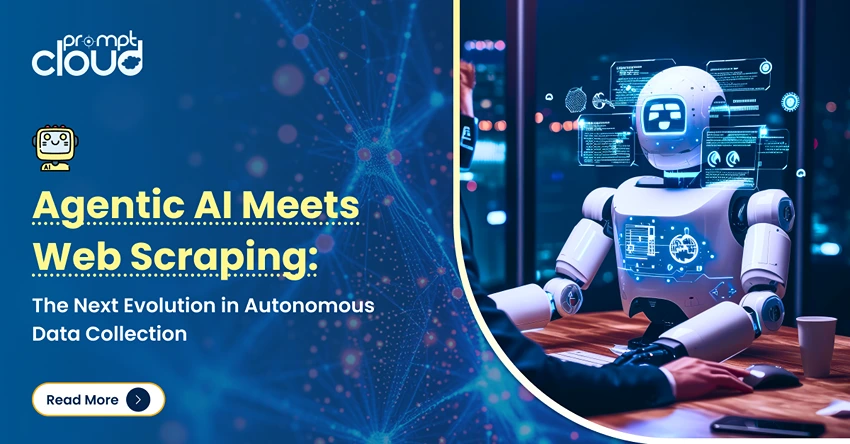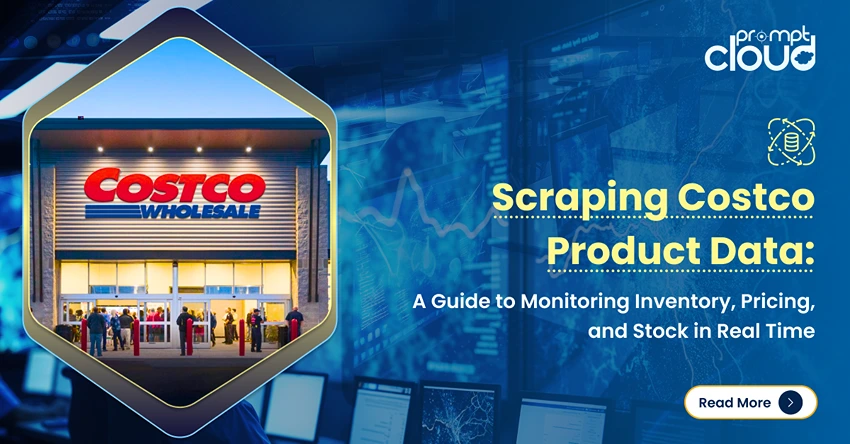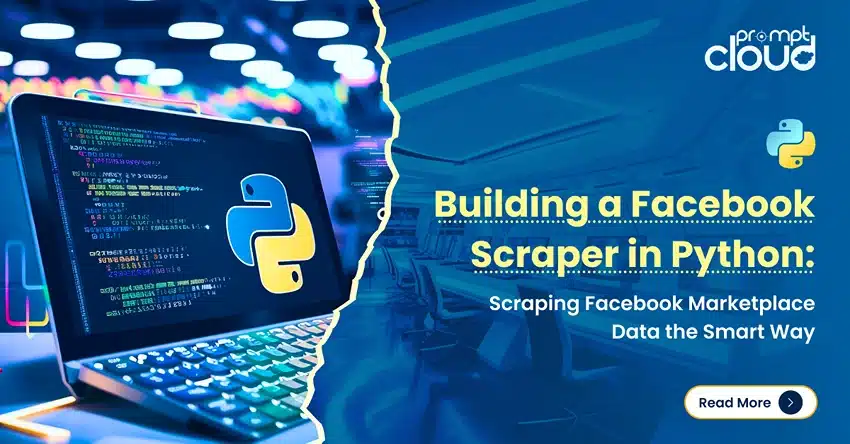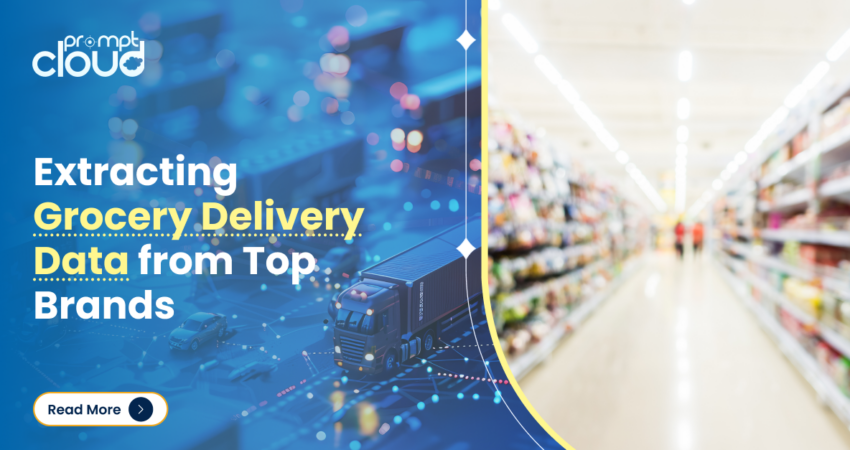
The grocery delivery industry has exploded in recent years, with global online grocery shopping expected to reach $550 billion by 2027, growing at a CAGR of 24.8%. While grocery aggregators and quick commerce startups race to capture this burgeoning market, staying on top is a challenge. Prices are volatile on a daily basis, and inventory levels can shift minute to minute, meaning companies need accurate real-time information to make effective decisions.
This is where web scraping grocery delivery services come in. Extracting data from grocery delivery services provides critical information that includes but is not limited to stock levels, prices, customer preferences, delivery times, and even their competitors.
In this article, we will uncover the importance of scraping data from grocery delivery apps as well as how PromptCloud can help businesses acquire accurate real-time grocery delivery data.
Why Scrape Grocery Delivery Data?

Image Source: WebsiteScraper
Grocery delivery platforms like Instacart, and Amazon Fresh constantly modify the prices, promotional offers, and stock levels of their products. For a business operating in the grocery and quick commerce industry, manually tracking all of these shifts is virtually impossible. Here are reasons these businesses need to scrape grocery delivery data:
1. Price Intelligence & Competitive Benchmarking
Consumers are highly price-conscious when shopping for groceries online. Web scraping grocery delivery data allows businesses to:
- Capture price changes in real-time across multiple platforms.
- Identify historically available discounts and analyze promotional activity.
- Reassess their pricing policies in light of competitors’ prices and pricing strategies.
2. Stock & Inventory Management
Businesses that do not stock certain products risk losing sales and, in turn, customers. Scraping grocery delivery data can help businesses:
- Monitor stock availability across multiple grocery platforms.
- Understand how inventory levels impact demand.
- Ensure they always have the right products in stock.
3. Delivery Time Optimization
For a quick commerce start-up to remain competitive in the industry, fast delivery of items ordered is paramount. Collecting grocery delivery data enables businesses to:
- Assess the speed of delivery to different areas of a region.
- Determine the best and busiest hours of delivery for a region to implement better logistics.
- Adjust service-level agreements (SLAs) that will optimize customer experience.
4. Consumer Insights & Demand Forecasting
Knowing the purchasing behavior of customers assists businesses in anticipating future patterns. By extracting grocery delivery data, businesses can:
- Observe market share by product and product categories.
- Study shopping behavior and seasonal variations.
- Discover market opportunities and develop suitable products.
How Web Scraping Helps Extract Grocery Delivery Data?
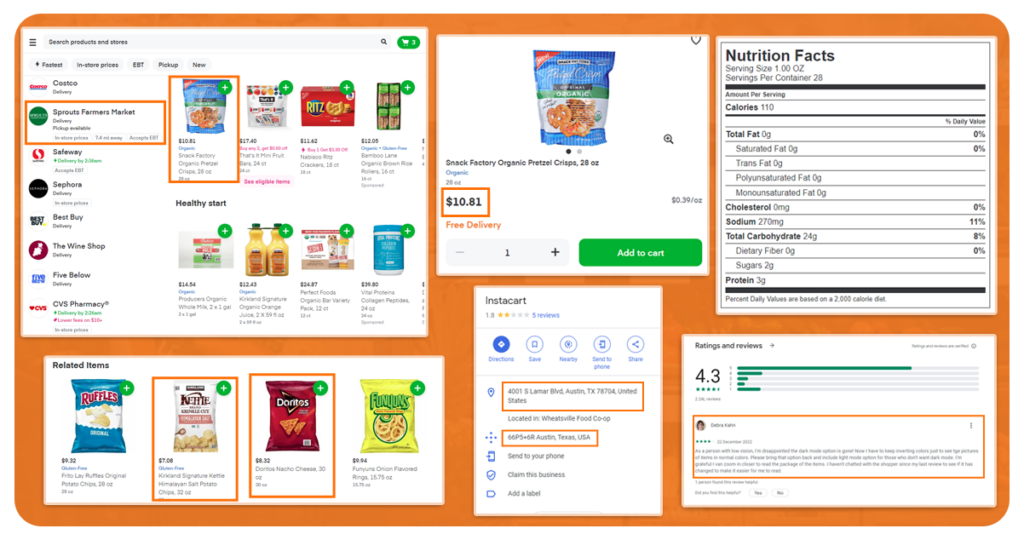
Image Source: FoodDataScrape
Web scraping is the process of using automated scripts or bots to collect data from websites. When applied to scrape grocery delivery data, it enables businesses to gather massive amounts of information in real-time.
When scraping grocery delivery platforms, here are some key data points businesses can collect:
- Product attributes: Titles, descriptions, photographs, and their designated categories
- Pricing information: Regular pricing, markdowns, and promotional prices
- Stock Status: Inventory levels of in-stock, low-stock, or out-of-stock
- Appraised delivery time: Anticipated delivery windows and peak times
- Stores: A list of stores and warehouses around the area
- Customer feedback: Rating and sentiment analysis per product
How Web Scraping Grocery Delivery Data Works?
So, how exactly do you scrape grocery delivery data? Let’s break it down:
- Choose the Data Sources: Decide first what grocery delivery applications and sites you want to scrape. The bigger players such as Instacart or Amazon Fresh, or smaller local ones, could be included.
- Get the important data points: After choosing sources, scrape the relevant data such as product titles, prices, markdowns, and stock levels.
- Sort and sanitize the data: Data, by its nature, is never clean and organized. Therefore, cleaning it and bringing it into a usable shape such as CSV or JSON format has to happen for further analysis.
No process is without its challenges, and scraping grocery data is no exception. Many websites and apps protect their data with CAPTCHAs, IP blocking, and dynamic content. This is where web scraping services like PromptCloud come in. With our sophisticated technology and infrastructure, we guarantee smooth data extraction without being blocked or troubled by technical issues.
Who Benefits from Grocery Delivery Data Scraping?
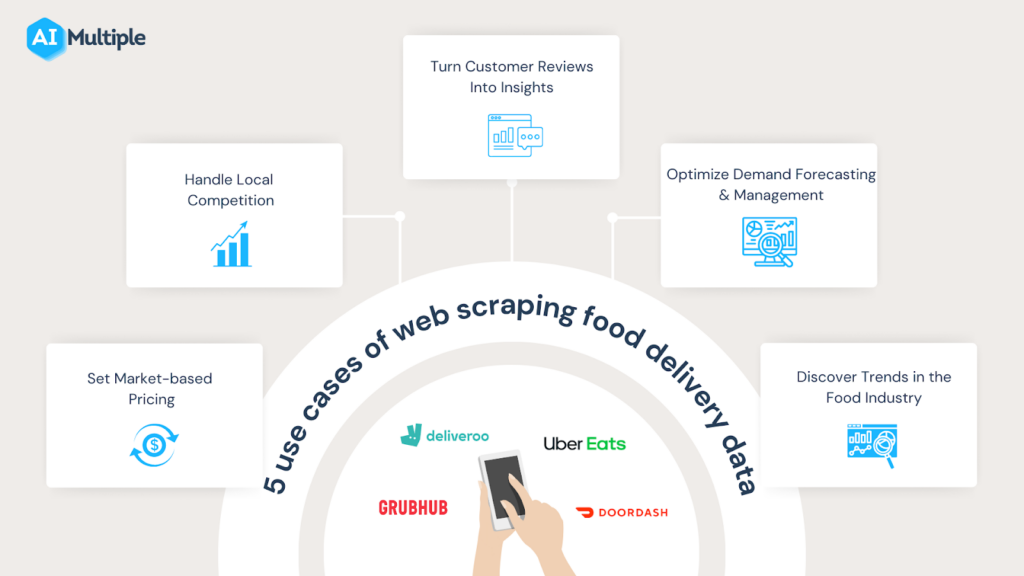
Image Source: AIMultiple
1. Quick Commerce Startups: Businesses such as Blinkit and Zepto make use of grocery delivery data scraping in order to improve their pricing structures, stock levels and logistics.
2. Grocery Aggregators: Web scraping grocery delivery data is used by grocery ordering APIs to supply accurate and up-to-date product information.
3. Consumer Goods Analysts: FMCG brands and market analysts tend to scan grocery delivery data for insights on pricing, promotions, and demand trends.
How PromptCloud Helps You Scrape Grocery Delivery App Data?
At PromptCloud, we specialize in providing businesses with actionable insights through web scraping grocery delivery data at scale, and without the technical hassle.
Why choose PromptCloud?
- Real-time Data– We equip businesses with fresh, real-time grocery delivery data, enabling faster decision-making.
- Tailor-Made Data Feeds – Be it pricing, stock levels, or competitor analysis, our solutions are custom-designed to capture the data you need.
- Overcoming Anti-Scraping Obstructions – We ensure effortless data extraction by utilizing proxy rotation and CAPTCHA solving among other techniques.
- Dependable & Adaptable – Our solutions provide the flexibility necessary to obtain data from a single grocery delivery app, or multiple, all with the same reliable quality.
- User-Defined File Delivery – Grocery delivery data can easily be integrated into your analysis work via complex APIs, or in much simpler formats like JSON and CSV.
The Future of Grocery Delivery Data Scraping
Simultaneously with the growth of the quick commerce industry, comes a need for up-to-the-minute grocery delivery data. Companies investing in grocery delivery app data scraping will reap the rewards when it comes to dynamic pricing, demand forecasting, and consumer analytics.
Combined with advancements in automated web scraping and AI-powered analytics, data-driven decision-making is only going to become more impactful within the grocery industry.
Conclusion
Investing in scraping data from grocery delivery apps will be useful for AI-powered meticulous pricing, demand prediction, and analytics enabling investors to get ahead. There will be a race against time in the period enabling effortless commerce. Data scraping will be useful for everyone from stroll commerce investors to consumer-powered intelligent goods analysts. With the help of PromptCloud’s real-time adaptive data scrapping systems, you can easily adjust them to your needs. Schedule a demo with us today!










